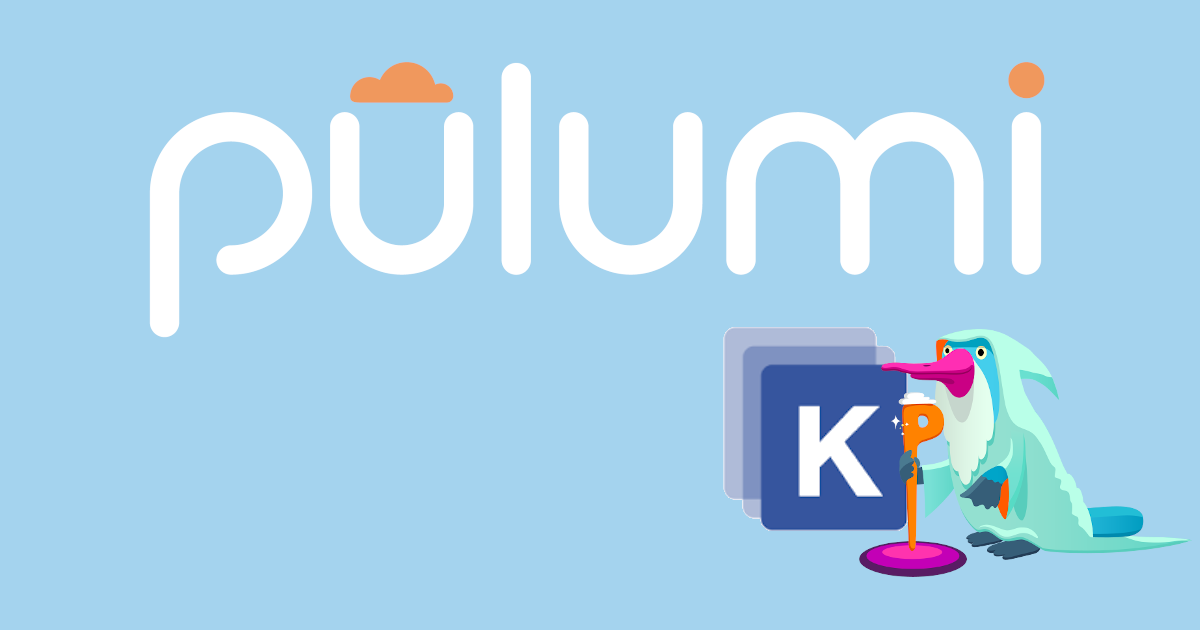Getting Started With Kubernetes: Day 2

Your application made it out of the dev stage, passed the testing stage, and arrived in production. As a developer, you might think that it’s an ops problem now. However, DevOps is a collaborative effort between developers and operators to build and maintain applications using shared techniques and processes, often called “Day 2” activities.













